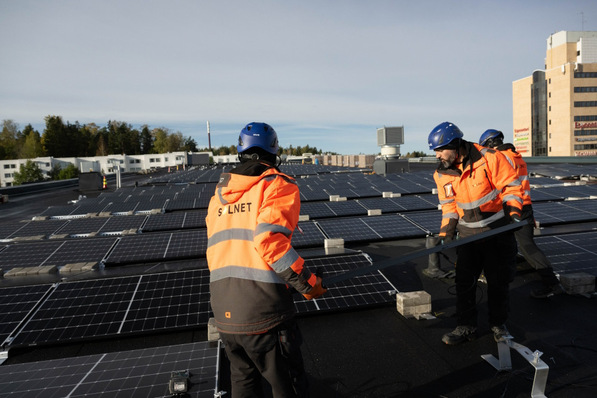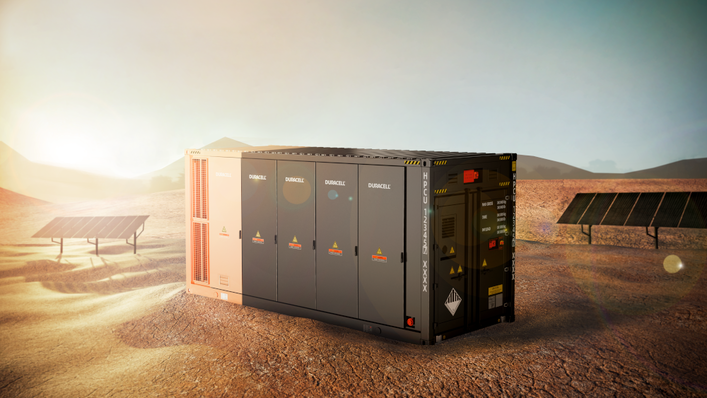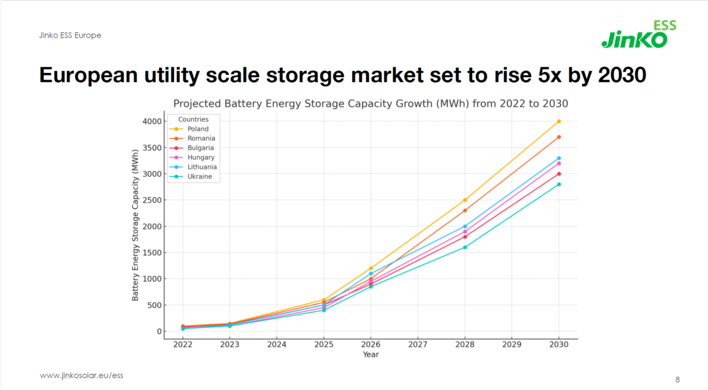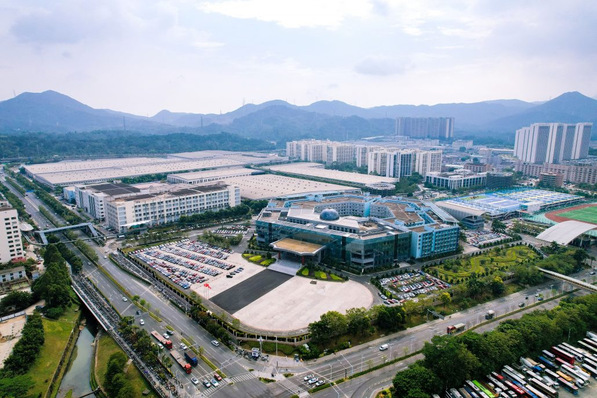Until recently, development finance institutes (DFIs) and impact investors had invested in renewable energy based rural electrification. This has changed with the recent investments of Shell, Engie, Total, Mitsui, and Caterpillar which have also turned the segment into a serious business opportunity for energy storage providers, a new analysis of consultancy THEnergy shows.
In rural electrification applications, lead-acid batteries were traditionally used. The objective was to build first mini-grids at the lowest total cost to demonstrate the viability of the business model to potential investors. Additional risks such as from new lithium-ion storage technology also were to be avoided.
Decreasing costs of li-on batteries as game changer
The decreases in cost of lithium-ion batteries are changing the situation. The difference regarding the total cost of ownership is tightening. The gap is often sufficiently small to swap to superior lithium-ion technology. In many cases, only capital constraints make private mini-grid developers opt for low CAPEX lead-acid batteries. Most of the mini-grid developers interviewed expect to pursue the technology shift within the next two years. Many also have stated that they would be interested in training from storage manufacturers.
It can also be observed that many developing target countries of rural electrification have, so far, no experience with lithium-ion batteries. This could lead to unexpected costs regarding export or transport. For example, in Kenya and Tanzania, lithium-ion batteries are subject to PVoC (Pre-Export Verification of Conformity) procedures.
Push for rural electrification
First developers already use lithium-ion batteries to ensure that the plants they are building right now will still be viable in the future when the full cost degression potential of the new technology will have been realized. Other energy storage technologies such as flow-batteries so far do not play an important role in this segment. Despite a good fit from a technical point of view, further cost cuts are needed to make flow technology economically viable in rural electrification.
Several hundred mini-grids per year
Amongst the main markets for energy storage solutions in the mini-grid segment are India, Nigeria, Tanzania, Kenya, Uganda, Mali, Ghana, Indonesia, Bangladesh, the Philippines, and Haiti. “The recent investments in rural electrification will enable the construction of several hundred mini-grids per year. The market segment will finally come to life – also from a commercial perspective,” predicts Thomas Hillig, Managing Director of THEnergy,. “In the short-term we will see an annual market potential of 50 MWh – in the long-term this could raise to 1 GWh. Storage manufacturers should consider entering this market early.” (HCN)
Read more about energy storage
Stay informed, get our free newsletter twice a week. Register here.
More useful information
https://www.pveurope.eu/solar-storage/grid-systems-fronius-and-victron-team







